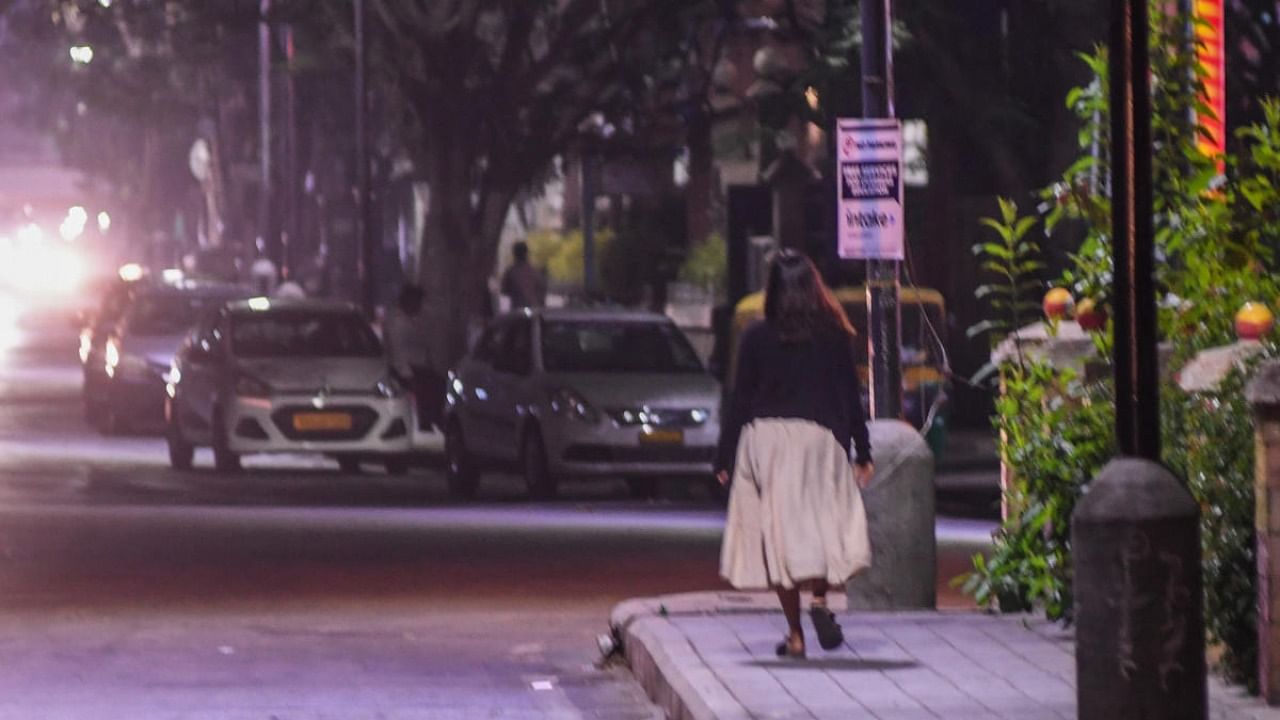
Bengaluru’s streets have a problem of extremes, ranging from light pollution on several streets to poor-lighting in several roads, particularly on the outskirts.
Here is a look at the pedestrian scale street-lighting guidelines formulated years ago by the Unified Traffic and Transportation Infrastructure (Planning and Engineering) Centre (UTTIPEC) attached to the Delhi Development Authority (DDA):
High Mast Lighting (30m tall) – are inefficient as too much light is dispersed into the night sky (causing light pollution) and not much light reaches the ground level.
Low-Mast or pedestrian-scale lighting (3-5m tall) – illuminate pedestrian-only walkways and provide supplemental light for the sidewalk.
Concentrated lighting is required at all road intersections and junctions, bus stops, Metro exits, near crosswalks, street furniture, public amenities and important signages.
Street-light placement should ensure adequate gaps and spacing from the tree canopies. This is to make sure that performance of lighting is not compromised.
The street-light police is related to the street width. Narrower the street width, lower should be the lamp height.
In the case of wide streets with high pedestrian / commercial activity, Mid-Mast lighting could be combined with pedestrian-scale lighting to create adequate sense of security and comfort.
Under no circumstances should the street-light police placement interfere with the clearance of the main pedestrian walkway of the pavement. Light pole may preferably be located within the tree-planting zone.
Watch latest videos by DH here: